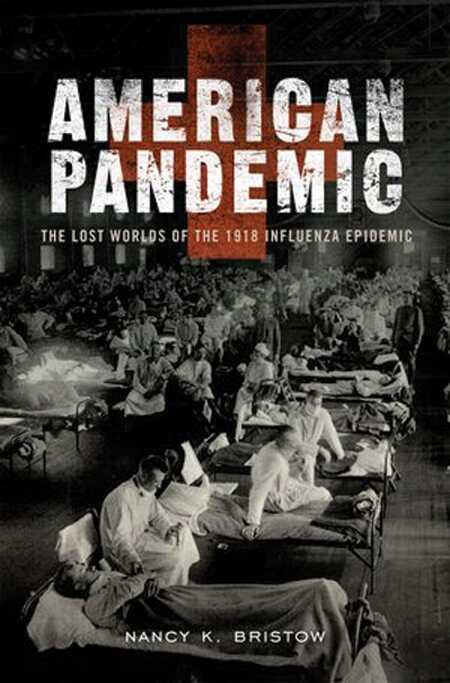It looks like you've stumbled upon a page meant to be read by our code instead of viewed directly. You're probably looking for this page.
American Pandemic
The Lost Worlds of the 1918 Influenza Epidemic
In the years between 1918 and 1920, influenza swept across the globe, killing at least fifty million people, with more than half a million of them in the United States.
What’s particularly striking about the epidemic is the way that it seems largely forgotten, especially by Americans, believes Nancy Bristow, a Professor of History at the University of Puget Sound in Washington. Author of Making Men Moral: Social Engineering during the Great War, Bristow is the great-granddaughter of two of the pandemic’s fatalities, and she begins with that story. Learning the details about the deaths as an adult, she wonders about why she wasn’t told more as a child, and that question deepens her interest in the pandemic.
“My family, it might seem, was following a pattern of forgetting common among Americans,” she writes. “Such a conclusion, though, glosses over what was actually a quiet process of remembering.” In her work on the pandemic, Bristow goes a long way toward offering a cultural portrait that shines light on the causes of the nation’s public amnesia. Her attempt at creating a larger “remembering” provides a compelling, expertly researched look at an important era in our country’s history.
Bristow brings together multiple voices to create a fuller perspective of the pandemic, highlighting those of patients, doctors, families, public health experts, and journalists. She draws on numerous document types, including diaries and letters, as well as newspaper accounts and government documents. In piecing together the influenza’s spread, Bristow investigates why the pandemic didn’t cause long-term social change and how it could have slipped from memory so quickly.
She posits that the helplessness and weakness that embodied the influenza’s victims, as well as the nation’s health care system, didn’t match up with the image of the United States at the time. As a country built on progress, strength, and optimism, such vulnerability didn’t have a place, and so the pandemic was quietly pushed out of collective memory.
“In the aftermath of the epidemic, American public culture embraced a positive account of the pandemic—forward-looking, upbeat, and full of possibility,” Bristow writes. But this interpretation didn’t match the experiences of Americans like her grandfather, who had to deal with emotional loss for decades afterward. In providing such a well-written, striking work, Bristow offers a reminder of what really happened, and why we shouldn’t forget.
Reviewed by
Elizabeth Millard
Disclosure: This article is not an endorsement, but a review. The publisher of this book provided free copies of the book to have their book reviewed by a professional reviewer. No fee was paid by the publisher for this review. Foreword Reviews only recommends books that we love. Foreword Magazine, Inc. is disclosing this in accordance with the Federal Trade Commission’s 16 CFR, Part 255.
